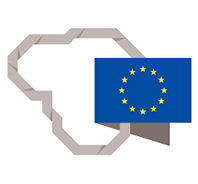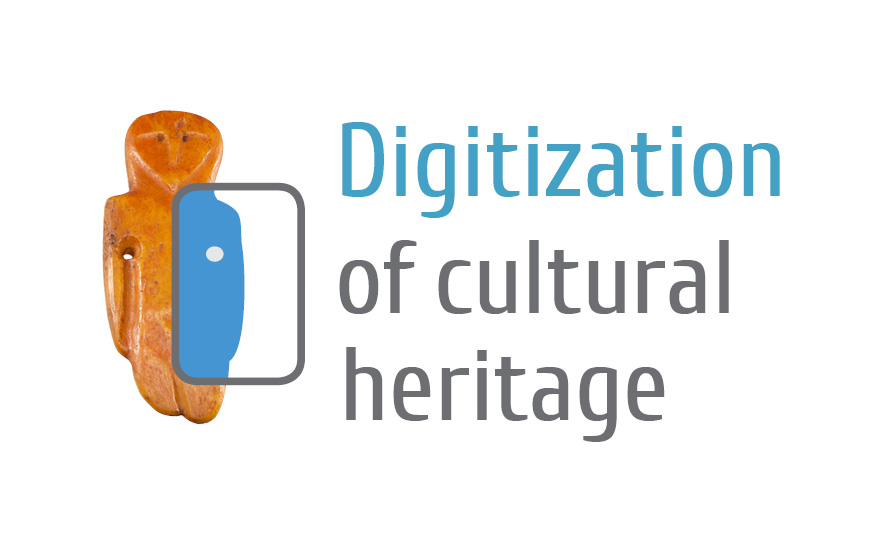-
-
Juozas Zikaras (1881-1944) – the Master of Litas Coins
The litas as the currency of Lithuania was introduced in circulation on 1 October 1922, initially, temporary cents and banknotes, and from November to December the same year they were replaced by regular currency – 1, 2, 5, 10, 20, 50 denomination cent coins and LTL 1, 2, 5 denomination banknotes. Soon it appeared that paper money wore out very quickly. This did not satisfy both the population and the Bank of Lithuania. The need for metal litas was obvious. The Ministry of Finance, Trade and Industry initiated a competition for the creation of metal coins of all denominations that would reflect the spirit of national art. Sculptor Juozas Zikaras did not participate in the competition, instead, he encouraged his students to create the design of coins.
In 1922, the press announcements claimed that only several projects had been approved, besides, the commission purchased several more drawings, however, the results of the competition did not meet the expectations of the Ministry of Finance, Trade and Industry, so it was decided to appeal to well-known sculptors for the models of coins. In December 1923, the sculptor Juozas Zikaras (1881–1944) was commissioned to create 11 models for 11 thousand Litas until 1 March 1924.
Photos of all models by J. Zikaras were published in the daily “Rytas” (The Morning) and in the newspaper “Ūkininkas” (Farmer). Coins of 1, 5 denomination cents [Nn 11064, Nn 11065], 10, 20, 50 denomination cents [Nn 11066, Nn 11067, Nn 11068] and LTL 1 denomination coin [Nn 11069] after J. Zikaras’ models were released. A unanimous symbol was depicted on the obverse of all coins – Vytis (the Knight) [Nn 11072] the coat of arms of the Republic of Lithuania. The reverse of coins featured the denomination and plant motifs: a flax flower (1 and 5 cent coins) [Nn 11088], rye shocks (LTL 5 coin) [Nn 11091], and a spinning woman (LTL 10 coin) [Nn 11092].
After the adoption of the Coin Law on 20 June 1924, the first Lithuanian coins were struck in 1925 in Great Britain: in London – silver coins, in Birmingham – the bronze ones. In 1925, J. Zikaras created new reverse models for LTL 2 and 5 denomination coins [Nn 11070], [Nn 11071].
In 1935, as coins of small denomination began to run out of circulation, negotiations were started on the establishment of own mint in Lithuania. A small but modern mint was set up in Kaunas, in the premises of the “Spindulys” printing house on Miško st. 11. The second Coin Law was adopted on 3 June 1936. Around that time, Kaunas Mint started operating – 1, 2 [Nn 11075], 5 denomination cent [Nn 11077] bronze coins and LTL 1, 5, 10 [Nn 11082] silver coins were minted. In 1938, in honour of the 20th anniversary of independent Lithuania J. Zikaras created models of commemorative coins, but only a LTL 10 litas silver coin with the image of President A. Smetona was released [Nn 11083]. A coin of LTL 2 [Nn 11089] denomination was also prepared to be minted in Kaunas, but without the approval of the obverse (the image of Vytis [Nn 11106] and Gediminas poles) by the Minister of Finance, it was not issued.
Prepared by Ignas Narbutas, curator of the numismatics collection at M. K. Čiurlionis National Museum of Art
-
Virtual Exhibitions






